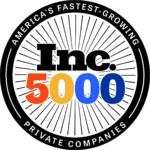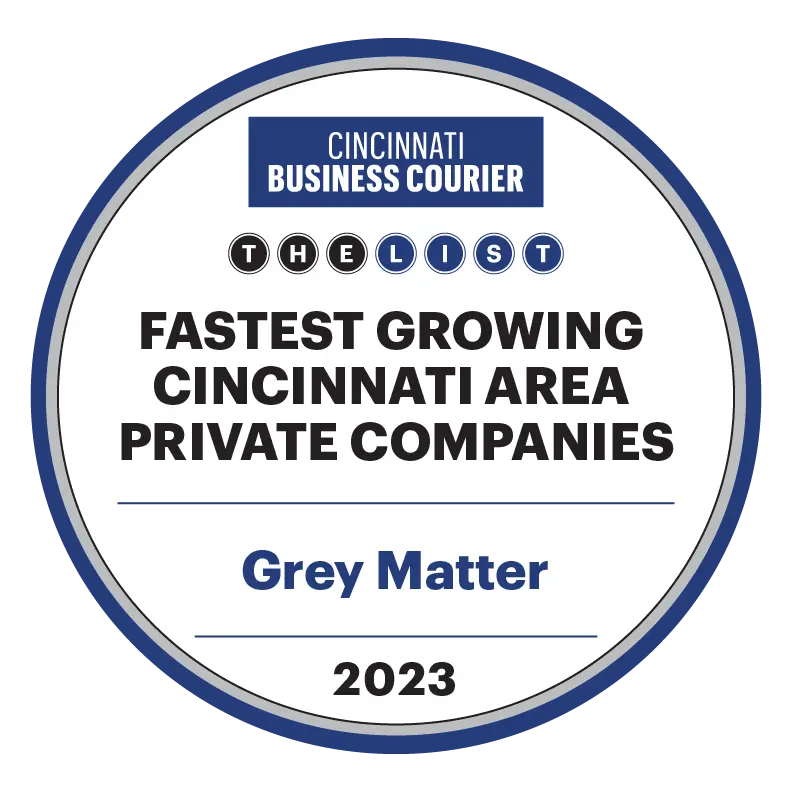By now, we’ve all heard the phrase, “content is king.” Content is what influences consumers and companies to make decisions on anything from where they buy their groceries to what company will provide their supply chain services. Content is a powerful component in any marketing strategy, and here’s why:
- 47% of buyers viewed 3-5 pieces of content before engaging with a sales rep
- 70% of consumers want to learn about products through content as opposed to traditional ad methods
- Content marketing costs 62% less than traditional marketing and generates about 3 times as many leads
But in a world so inundated with content, how can you ensure your content is reaching your audience, and more importantly, making an impact?
There are four key steps to making sure you have a scalable, meaningful content strategy that converts:
1. Clarify Your Value Proposition
Your value proposition is the basis of your competitive advantage. This is what will make buyers understand why they should purchase from you and not your competitors. It shows how you can solve a problem your competitors can’t.
How do you clarify your value proposition? Ask yourself:
- What pain points do you solve for your customers?
- What benefits do your offerings provide? (note – these are not features of your offerings)
- What do customers get from you that they can’t from your competitors?
Value is created when you connect your solution with their problems.
2. Your Content Approach | What to Say, Where, When, and in What Format
When producing content, you want it to have as much impact as possible. But impact can vary based on what it says, where it’s posted, what time it’s posted, and what format it is. For instance, videos marketing is taking over social media, with more than 60% of social users watching branded videos daily, according to Animoto.
Also, different content performs best at different times. We’ve noticed our emails have the best open and click-through-rates on Thursday and Friday afternoons, but our social content gets the most interaction right around noon daily. Play around with your send times for each platform and see how your content performs best.
Try changing up how you present your value proposition. Try sharing content from trusted sources, curating your own blog posts, creating videos, and even sharing events you attend with your followers. Even changing verbiage on your ads can make an impact on conversion rates. These all add value to your brand and will help you realise more client interaction, and ideally, more sales.
3. Building and Managing the Content Creation Process
Once you have a solid value proposition and you have found where your content has the most impact, you can start building a content calendar. A content calendar is a spreadsheet or literal calendar where your company can keep track of blog topics, social media posts, ad content, and more, for the coming weeks and months.
With a content calendar in place, content creators will know what your company is sharing, selling, and talking about each month. This makes it easy to keep consistency across all platforms and make sure you have a cohesive content strategy.
Once you have a content calendar filled out, tools like Google Ads, Hootsuite, and Hubspot make it easy to schedule out your content and ads each month.
4. Evaluating and Improving Business Impact
How do you know if your content is working?
Content is a great way to earn a prospect’s trust prior to ever making (human) contact with them. Where content gains an advantage over traditional sales tactics is that it serves as a way to help the prospect understand something they were previously struggling with.
Content is a great center-of-the-funnel marketing tool.
The prospect is trying to determine if you understand their problems well enough to earn their business. If you’ve structured your content effectively, it’ll demonstrate to readers that you understand their problems and can assist in solving them.
When your business has an effective and well-planned content strategy, you will realize greater ROI and happier prospects. Not sure where to start? Reach out to us today to get started on a marketing plan that’s best for you.









